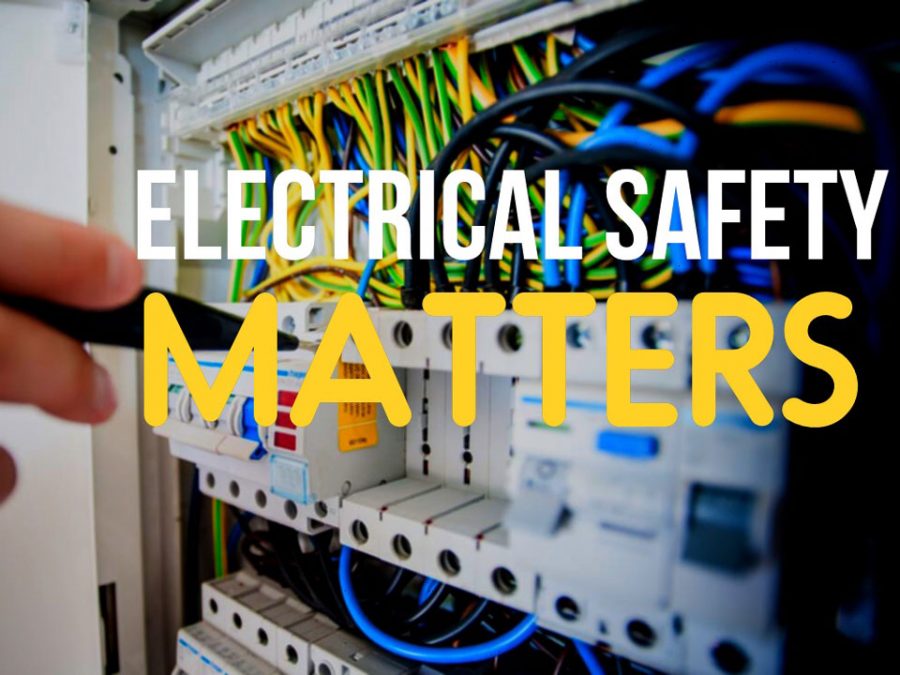Landlords and their Electric Responsibilities

Quick Guide: Rewire your Home and Upgrade Your Fusebox
April 20, 2015
How to Change a Lightbulb
May 19, 2015All landlords have a legal obligation to ensure properties they rent out are safe for their tenants to move into and live in. One very important area where a landlord has responsibilities is regarding the electrical aspects of the property.
Suitability for habitation and ongoing responsibilities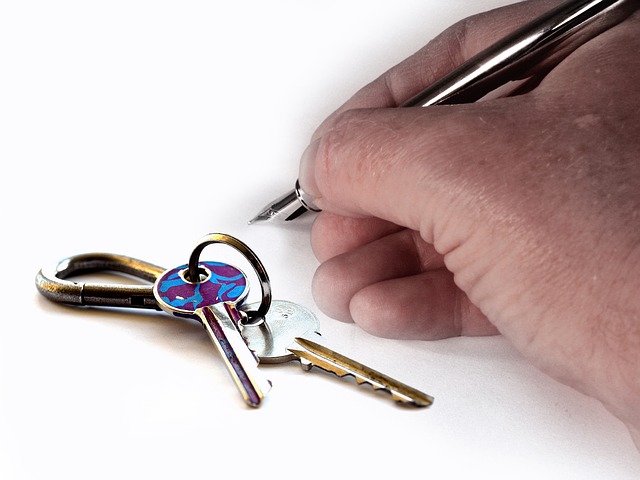
A landlord has the legal obligation for two areas of household electrics:
- Fixed installations; wiring, sockets, light fittings, fuse box and circuit boards
- Appliances; those which are provided by the landlord including fridge, washing machine and microwave
These two elements of a property must be safe to use at all times and regularly maintained. It is such a serious aspect of being a responsible landlord that if the local authority has concerns, they can take action to enforce compliance. Fines can be issued and insurance invalidated if work is not carried out to the set standards.
Fixed Installations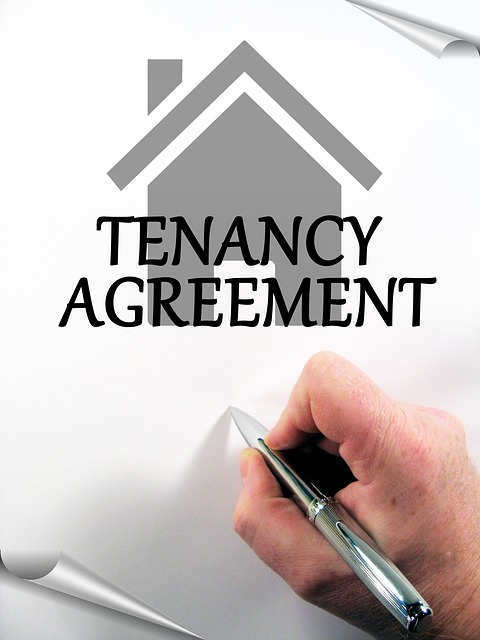
Landlords should check the fixed installations before new tenants move in and then on a periodic basis, with an electrical conditions report every 5 years. Whilst this needs only to be a basic visual safety check of items such as sockets, light switches and light fittings, if they are in any doubt as to what they are looking for, an electrician should be consulted to carry this out instead. Official bodies such as the Electrical Safety Council now recommend that a qualified electrician should always carry out this job rather than the landlord, as they have the skills and experience to spot potential issues which may not be obvious to someone without knowledge of the trade. Even if the Let is relatively short (i.e. 6 months), everything should be checked again before a new let starts.
Appliances
Unless a tenant is living in provided accommodation whilst they are working for the landlord, there is no legal obligation for electrical appliances to be PAT tested. However, all appliances provided at the beginning of the tenancy must be safe to use and maintained, repaired or replaced if the tenant reports there is a problem. It is recommended that the landlord ensures testing takes place so that everything works correctly before tenants move in. A further recommendation is that periodic testing of any portable electrical appliances takes place periodically for the peace of mind of both parties.
Although not law, it is advised that every electrical appliance should at least bear the CE mark. This is a symbol which shows the item conforms to EU directives for health and safety. A further recommendation is that appliances show extra safety marks such as the British Standard Guidance symbol.
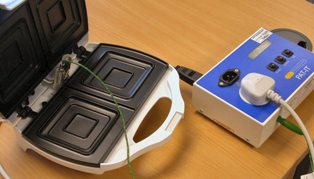
Whilst PAT testing is not required for the majority of lets, landlords should carry out a visual inspection of items, or ask an electrician to look at each one before a tenancy starts. This should cover checking that there are no loose screws in plugs, no damage to cabling and no evidence of any kind of burning or damage. This check should be then carried out regularly.
For every appliance in the rented property, instruction manuals have to be provided and the tenants should be advised to read them before using anything electrical.
Houses in Multiple Occupation
The legislation for a House in Multiple Occupation is different from other rented properties. The landlord must have an inspection of the accommodation carried out by a registered electrician on a regular basis and no longer than every 5 years. After the inspection, a certificate of safety and compliance is produced which the landlord must keep safe as the local authority can request one to be produced in 7 days if they ask.
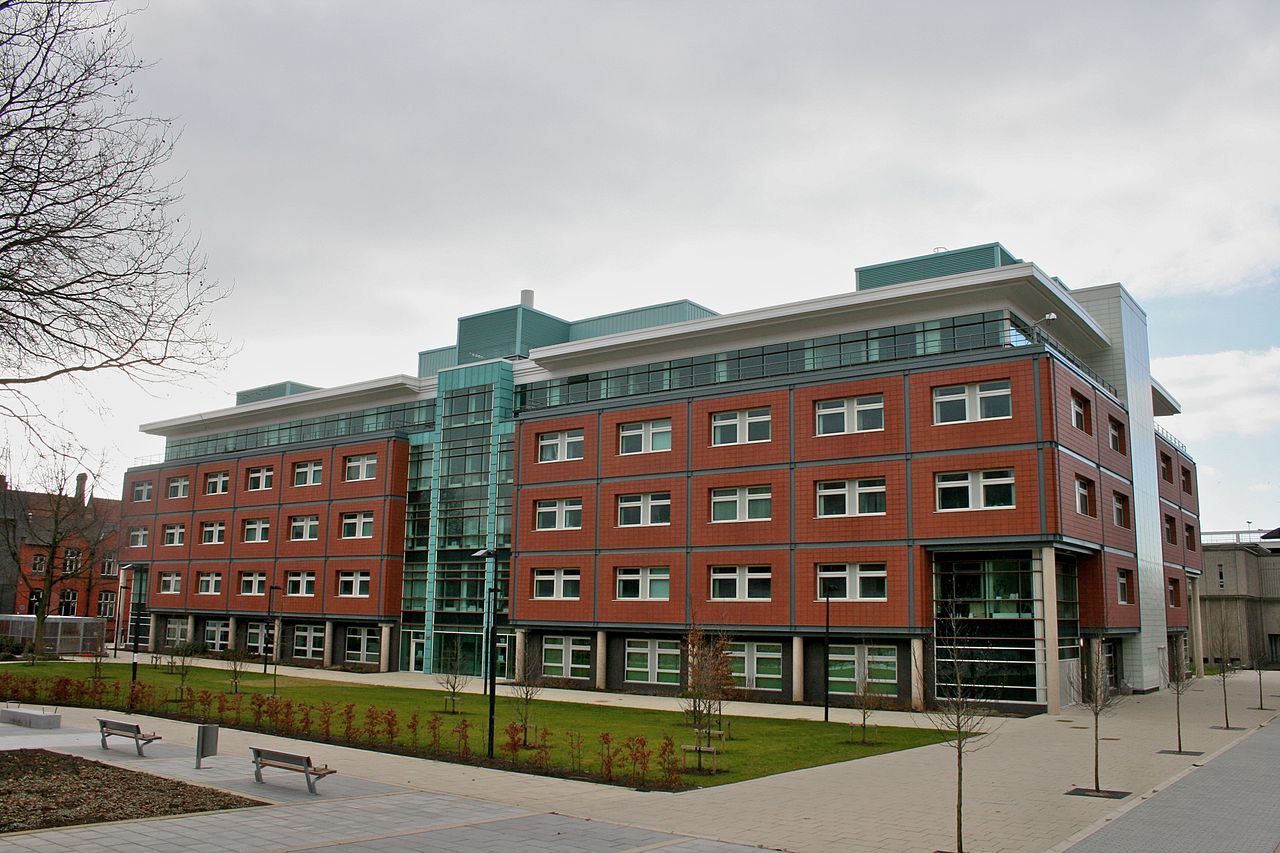
Fire Alarms
Fire alarms must be tested regularly. Whilst this isn’t a specialist job and can be carried out by the landlord or tenant, if the landlord does not live close to the property or both are unable to test it themselves, an electrician will always be happy to take on the job. There must be a log book to hand at all times which has to be updated every time the alarms are tested. If the tenant is selected as the primary tester then the landlord should provide instructions and a demonstration with the log book to hand, and to check the book regularly to see this has taken place. Alternatively, they can ask an electrician to do this if the check is being carried out on the behalf of the landlord.
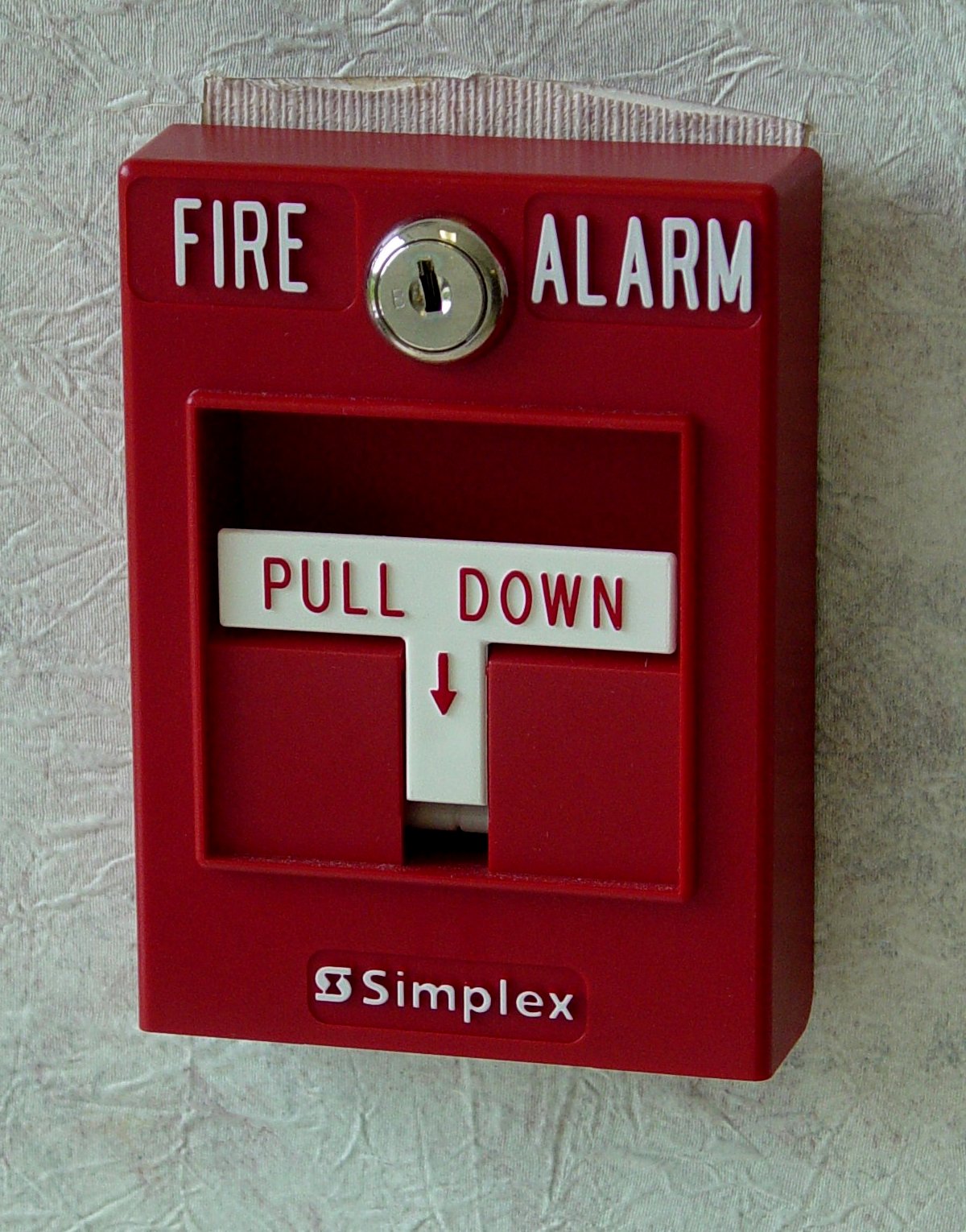
Part P
Part P of Building Regulations covers electrics in the home and the majority of fixed installation work must meet the requirements of Building Regulations. For landlords, this means that either they must either to the local authority regarding electrical work which is required such as wiring maintenance or replacement or employ a registered electrician.
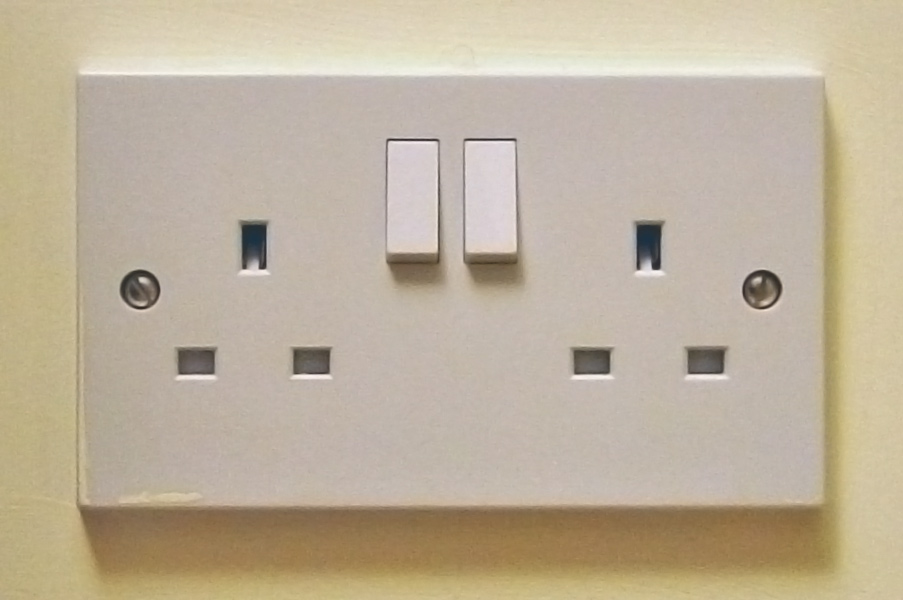
Emergency Lighting
Properties which have emergency lighting – often those which are Houses of Multiple Occupation must be regularly inspected by a qualified electrician. Testing is regimented by manufactures in accordance with BS5266.
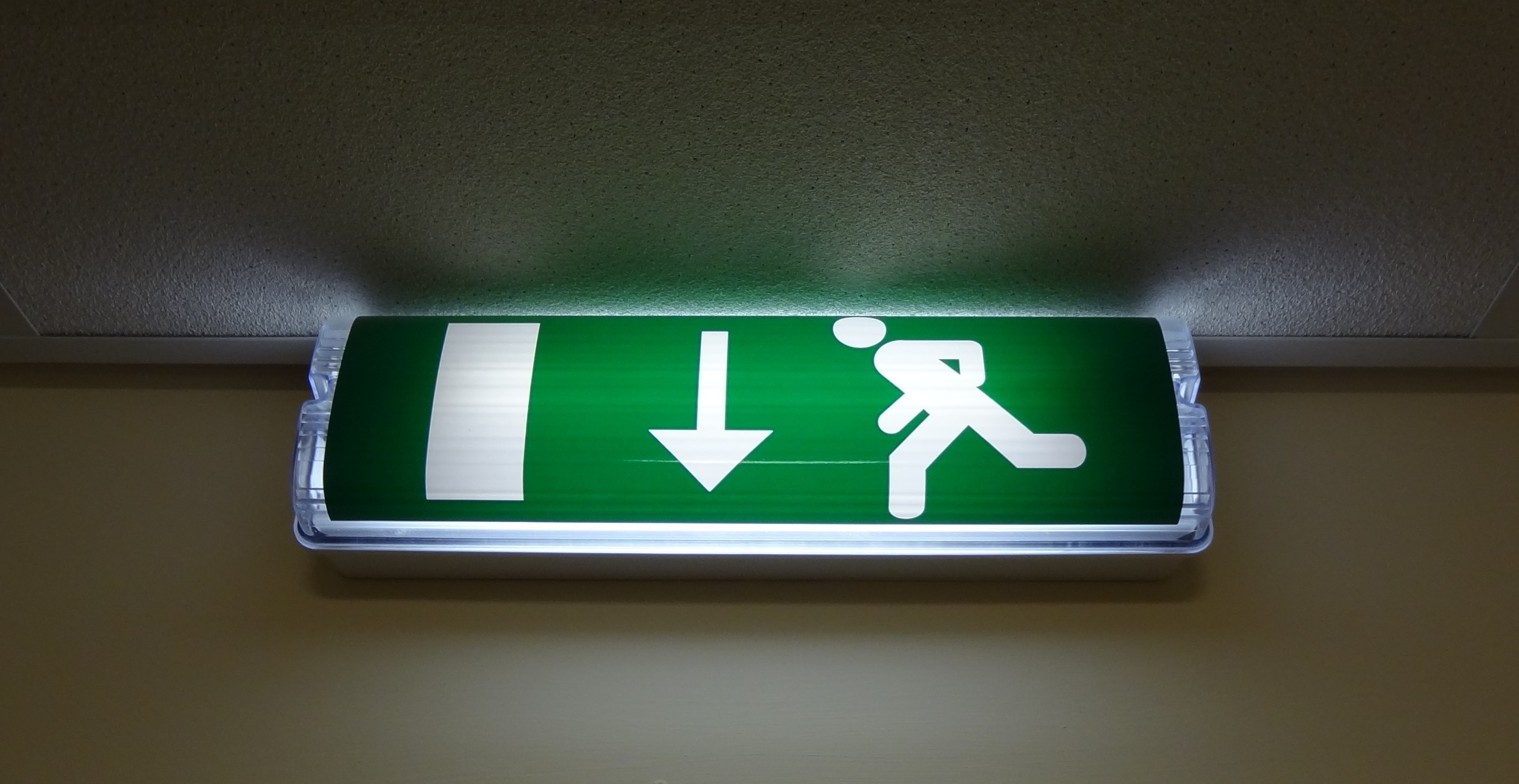
The maintenance of electrics is one of the most important aspects of tenant safety when it comes to renting out a property. Whilst landlords may feel that electrical faults are rare, they aren’t living in the property and are unable to check appliances are wearing out or if sockets are becoming damaged through overuse. With all guidance now strongly pointing towards employing a qualified electrician to undertake unofficial checks as well as legally required inspections, it provides peace of mind using a company which has experience working in the rented sector. They will know exactly what to look for and will be able to give feedback of the state of the electrical appliances and the fixed installations as well as make recommendations for any other potential electrical risks they spot when at the property.

